Macedonians in the East Roman Empire
Collapse
X
-
My goodness, it would appear that Greece proper had more Slavs than Macedonia. Throw in some Venetians and Albanians ... then mix in some Turks with a hint of Vlach a little later on ... wrap them up to simmer in a Koine Orthodox tradition for a few hundred years ... and hey presto .... modern Greece.
-
-
That is exactly right, the Peloponnese was swamped with Slavs, some happy to settle for East Roman rule, others such as the Ezerite and Melingoi were more independent by nature.Originally posted by Risto the Great View PostDon't our Greek friends say the only Slavs in Morea were the Melingoi and Ezeritae. The above text shows they were the only ones who were not subdued. Another savage blow the the (many) Greek myths.
Leave a comment:
-
-
Don't our Greek friends say the only Slavs in Morea were the Melingoi and Ezeritae. The above text shows they were the only ones who were not subdued. Another savage blow the the (many) Greek myths.
Leave a comment:
-
-
Great thread guys.
What a wonderful collection of resources.
Leave a comment:
-
-
I have a few interesting sources here;
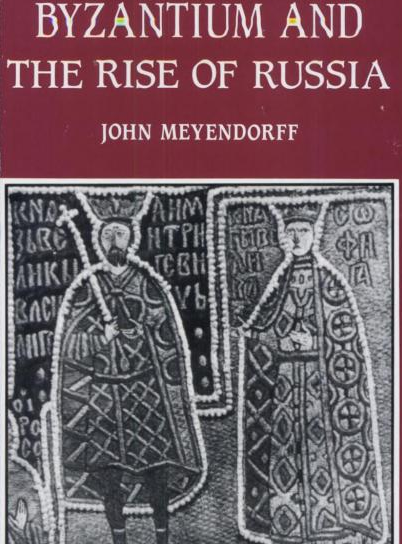
page 11
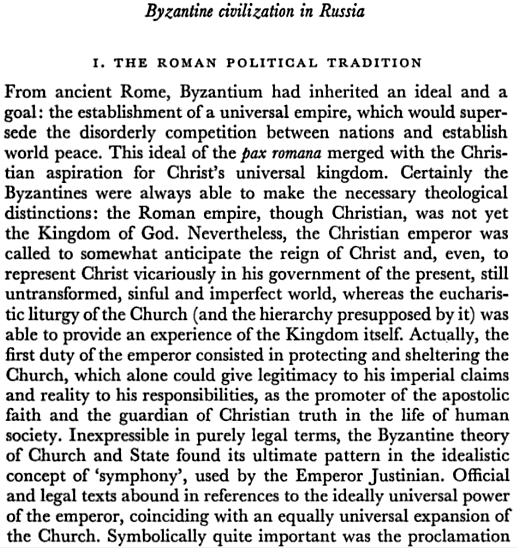
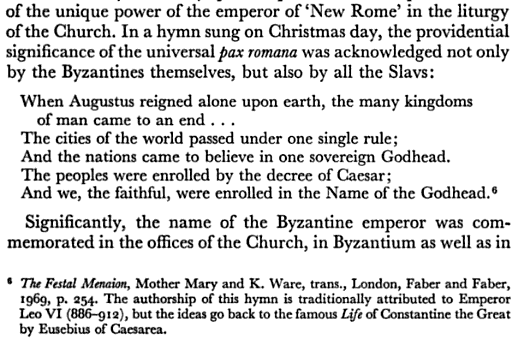
page 12
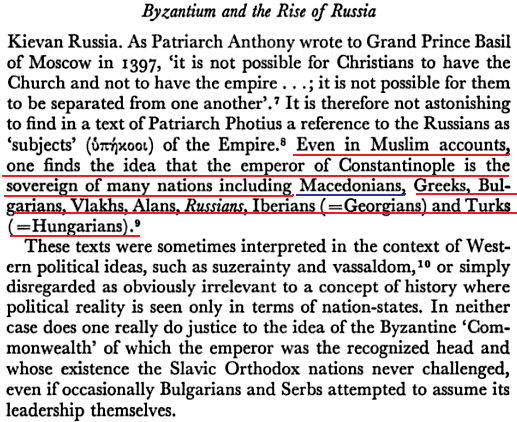
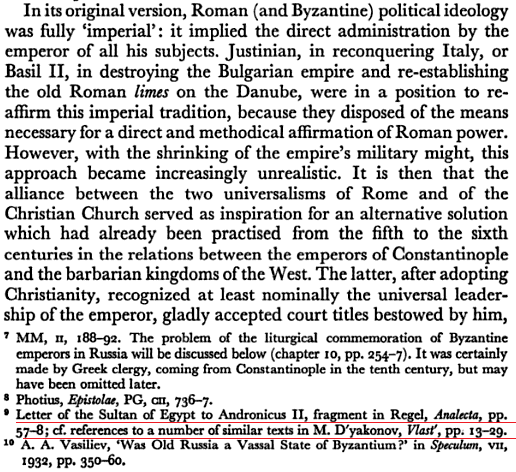
I find it interesting that the Sultan of Egypts letter mentions Macedonians.
Leave a comment:
-
-
And look where Thomas the Slav was born:
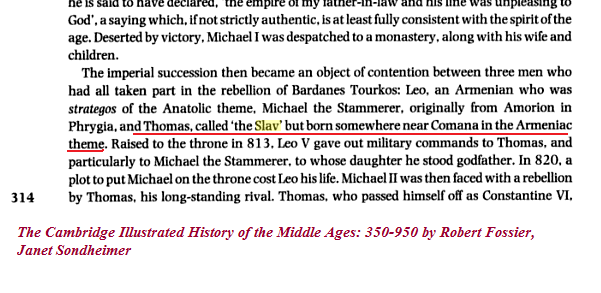
The Theme Armeniakon is located in eastern Turkey on the Black sea coast.
Leave a comment:
-
-
Another interesting find:
Thomas the Slav was originally a Byzantine military and naval commander entrusted with a very high command during the reign of Emperor Leo V the Armenian.
A picture of Thomas the Slav (left) and the attack by Mourtagon (Khan Omurtag).
Khan Omurtag sent an army to help Michael II put down the rebellion which attacked the rebels from the rear and defeated them.

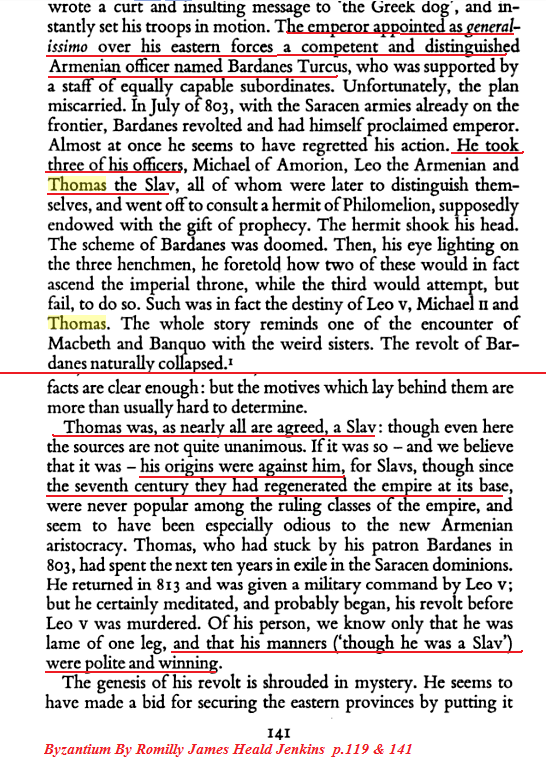
Leave a comment:
-
-
It is more than likely that both the Macedonian Dynasty and Tsar Samuel's family were a mix of local Slavonic and imported Armenian elements. The above source you posted sounds similar to the story of Justin, an illiterate peasant with a 'barbarian' wife called Lupicina, that became Roman Emperor from his humble beginnings. Such a rich history Macedonia has.Originally posted by Bratot View Post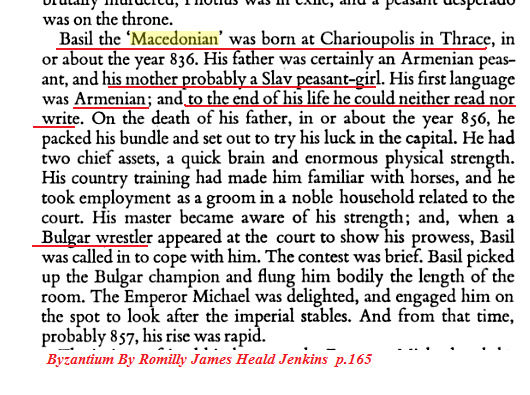
Basil was illiterate all his life!
His mother was probably of Slavic origin and he was Armenian by father side.
True hardcired fullblooded Greek! haha
Leave a comment:
-
-
Craterus was not only an Ancient Macedonian name, but probably one of the most powerful names in Macedonia during and after the Death of Alexander the Great.
Craterus was his best general, or best fighter. He was also a Kosturchanec.
Leave a comment:
-
-
The name Craterus (Kratero) is an ancient Macedonian name by origin, used later during the Roman period also. Interestingly, this Macedonian name was used as the family name of the Christian Slav called Andrew.
Leave a comment:
-
-
Originally published by Weidenfeld and Nicholson, 1966. Focusing on the middle period in Byzantium's eleven-century history as its most imperial era, Jenkins considers a number of events that changed the course of world history: the repulse of the Saracens from the gates of Constantinople in 678 and 718, the reign of Michael III, which marked the greatness of Middle Byzantium, the resolution in 843 of the quarrel over images, the conversion of the Bulgar Khan Boris to Christianity, and a splendid revival of painting, which culminated in the apse mosaic of St Sophia.

So we have sources openly citing Slavonic persons that had reached prominent positions in military and political life within East Rome, as early as the reign of Justinian and well into the Macedonian period.
Who is this brilliant Slav marshal, ANDREW CRATERUS?
Leave a comment:
-
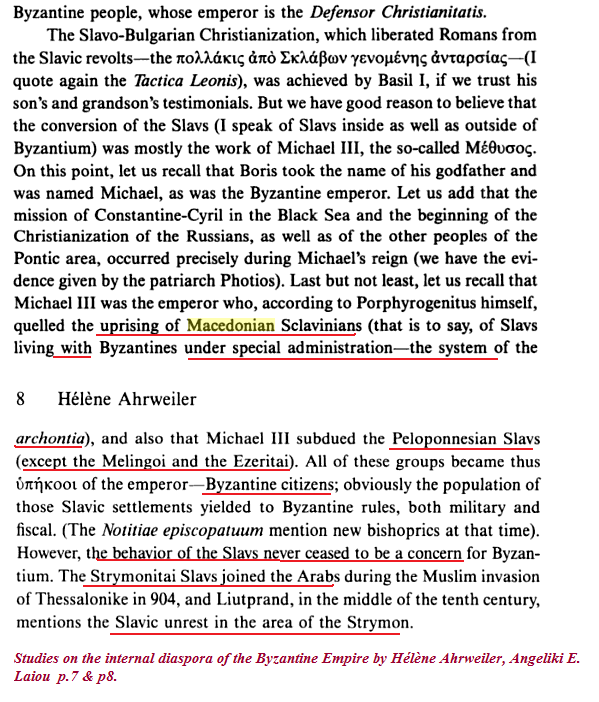


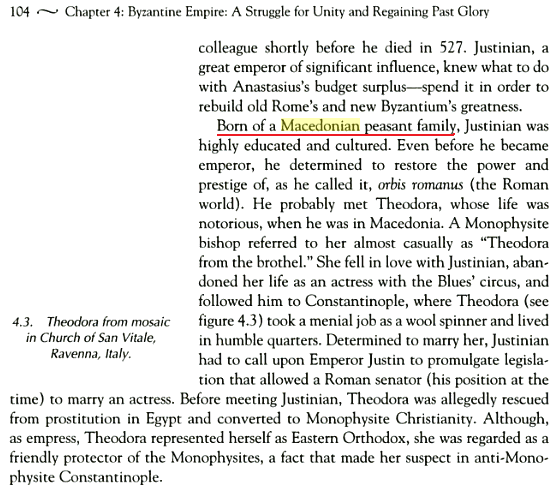



Leave a comment: